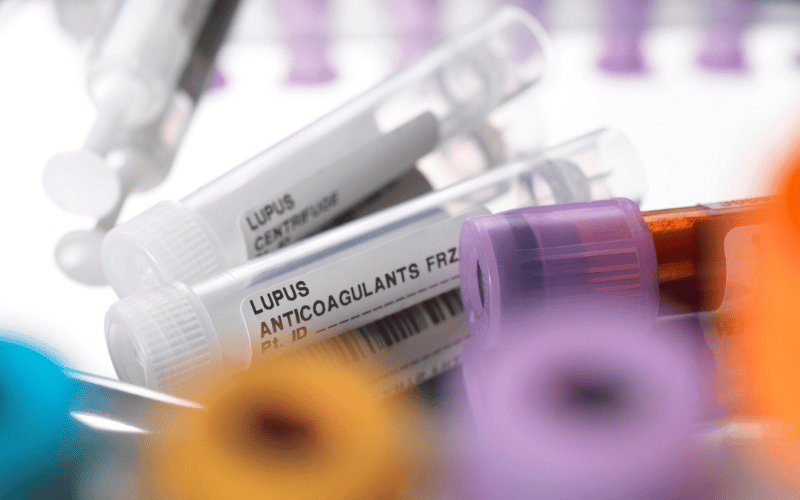FAQs About Cutaneous Lupus Erythematosus

1. Can Cutaneous Lupus Erythematosus be cured?
While there’s currently no cure for Cutaneous Lupus Erythematosus, the condition can usually be managed effectively with appropriate treatment. The goal of treatment is to reduce symptoms, prevent flares, and maintain the individual’s quality of life.
2. Can Cutaneous Lupus Erythematosus turn into Systemic Lupus Erythematosus?
While Cutaneous Lupus Erythematosus primarily affects the skin, a small percentage of individuals may go on to develop Systemic Lupus Erythematosus (SLE). However, it’s important to note that this doesn’t happen in all cases and having CLE does not necessarily mean one will develop SLE.
3. How does sunlight affect Cutaneous Lupus Erythematosus?
Exposure to ultraviolet (UV) light from the sun can trigger flares of CLE. This can lead to the development of new lesions or worsening of existing ones. Therefore, sun protection is a crucial part of managing CLE.
4. How is Cutaneous Lupus Erythematosus diagnosed?
Diagnosis of CLE typically involves a thorough medical history, physical examination, and skin biopsy. Blood tests may also be performed to check for specific antibodies associated with lupus.
5. Can Cutaneous Lupus Erythematosus affect life expectancy?
While CLE primarily affects the skin and does not typically involve internal organs, severe cases can significantly impact quality of life. However, with appropriate treatment and management, individuals with CLE can lead a normal life expectancy.
Conclusion: Navigating Cutaneous Lupus Erythematosus
In conclusion, Cutaneous Lupus Erythematosus (CLE) is a complex autoimmune disease that manifests primarily through the skin. The ten symptoms we’ve discussed – malar rash, discoid lesions, photosensitivity, hair loss, red, scaly lesions, ulcers or sores, Raynaud’s phenomenon, calcification, livedo reticularis, and vasculitis – are all key indicators of this condition.
Understanding these symptoms is crucial in managing CLE effectively. Recognizing a malar rash or discoid lesions early can lead to a timely diagnosis. Awareness of photosensitivity can guide necessary lifestyle adaptations, while noticing symptoms like Raynaud’s phenomenon or livedo reticularis can indicate underlying disease activity.
Each symptom of CLE offers a unique insight into the individual’s condition, from the superficial discoloration of livedo reticularis to the potential systemic implications of vasculitis. Managing these symptoms individually, while also addressing the overall disease activity, is a central part of living with CLE.
In the end, while there’s currently no cure for Cutaneous Lupus Erythematosus, it’s important to remember that with the right treatment approach, individuals with CLE can lead a healthy and fulfilling life.
Remember, if you or a loved one is experiencing any of these symptoms, reaching out to a healthcare provider for a proper diagnosis is the first step. Staying informed and proactive is your best defense in managing Cutaneous Lupus Erythematosus.